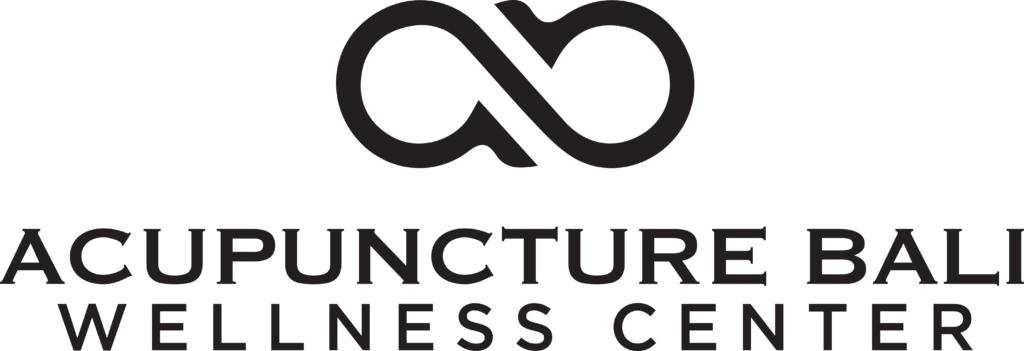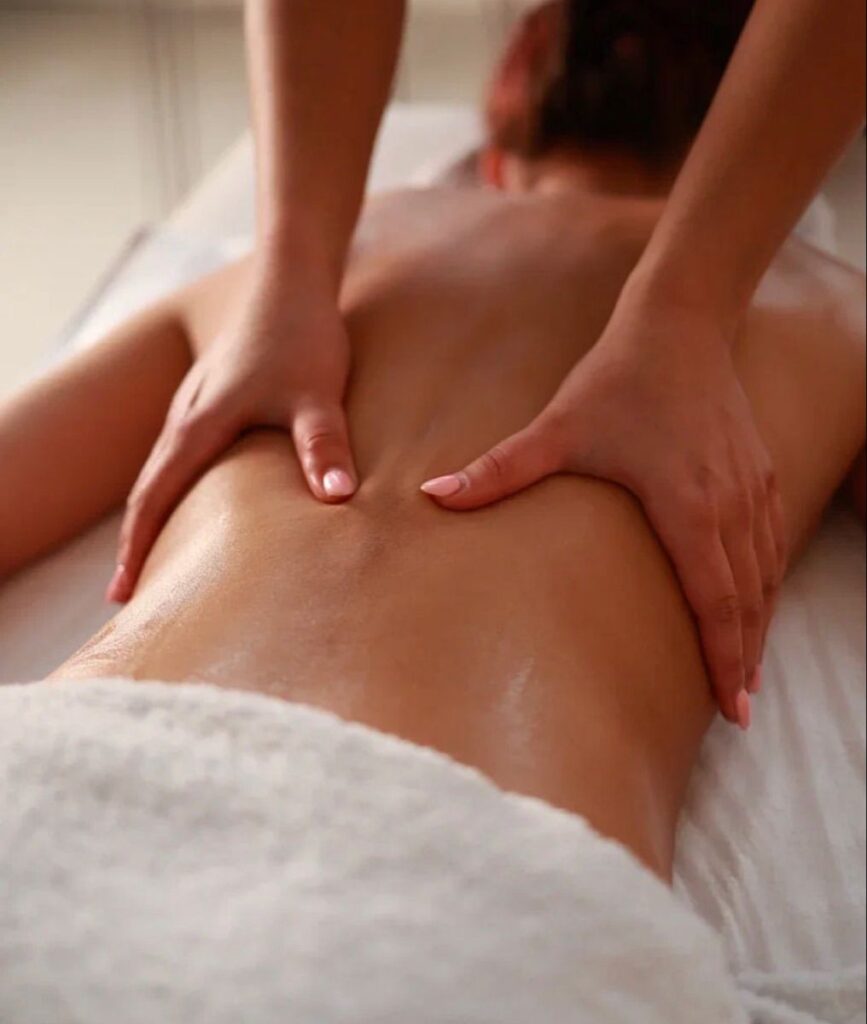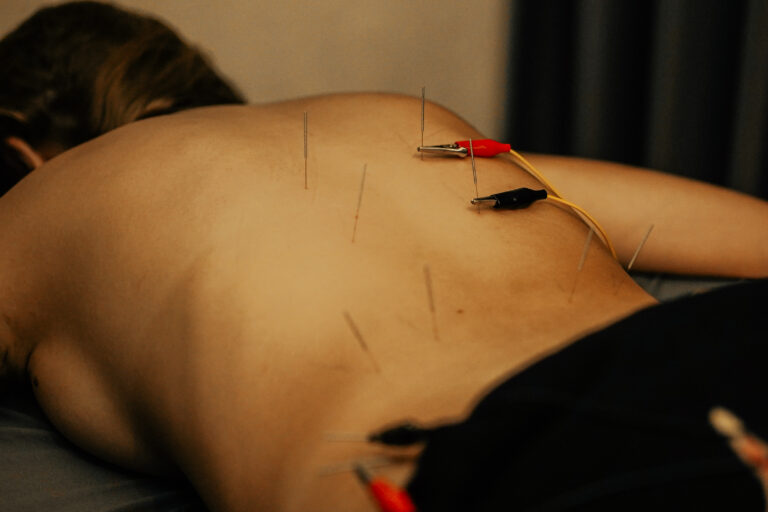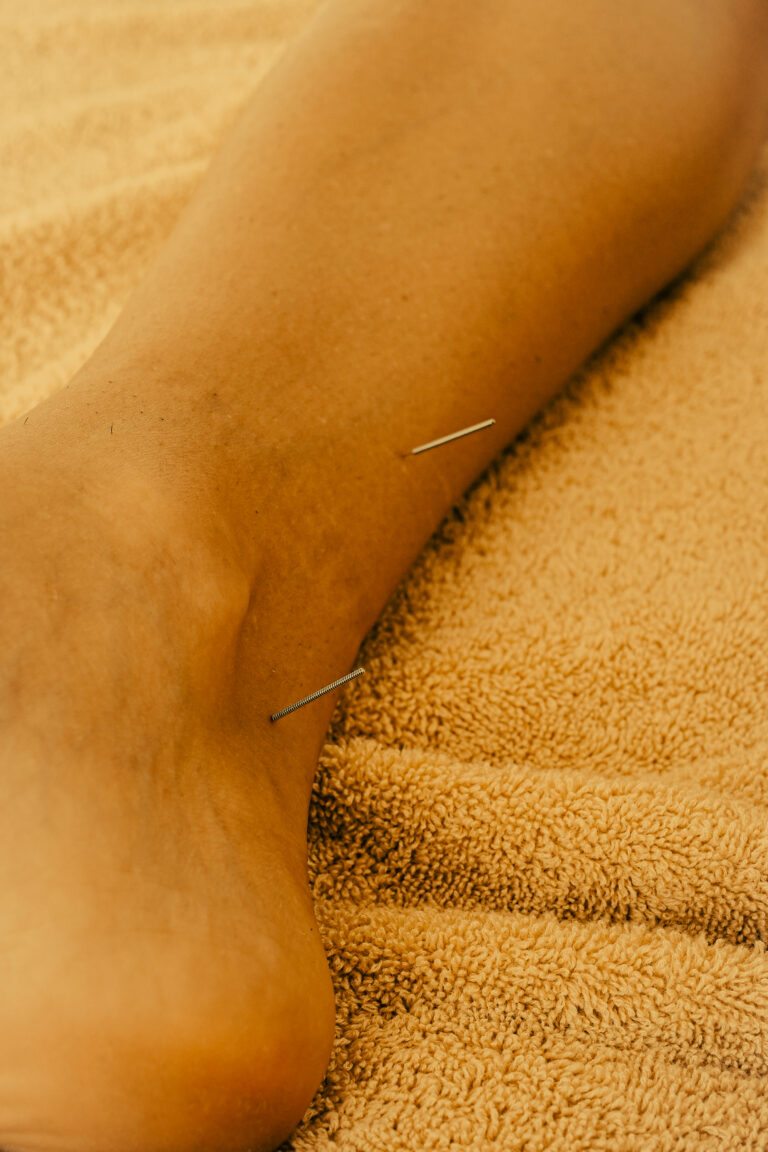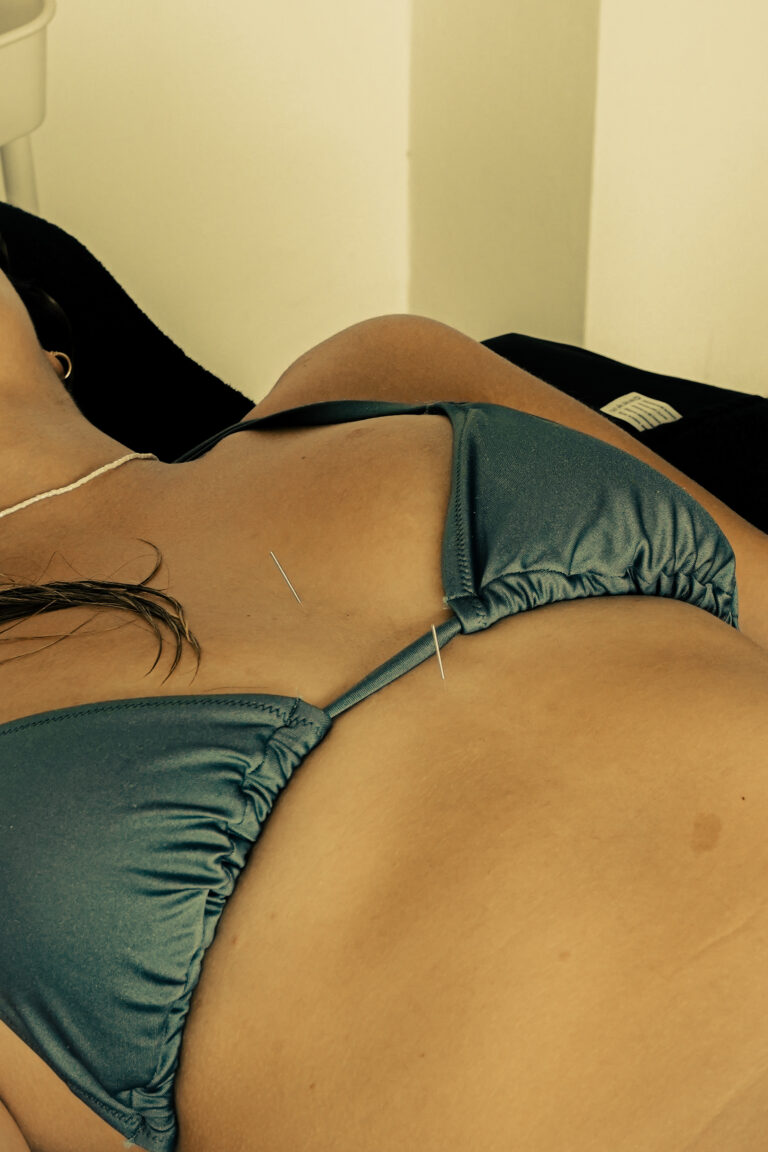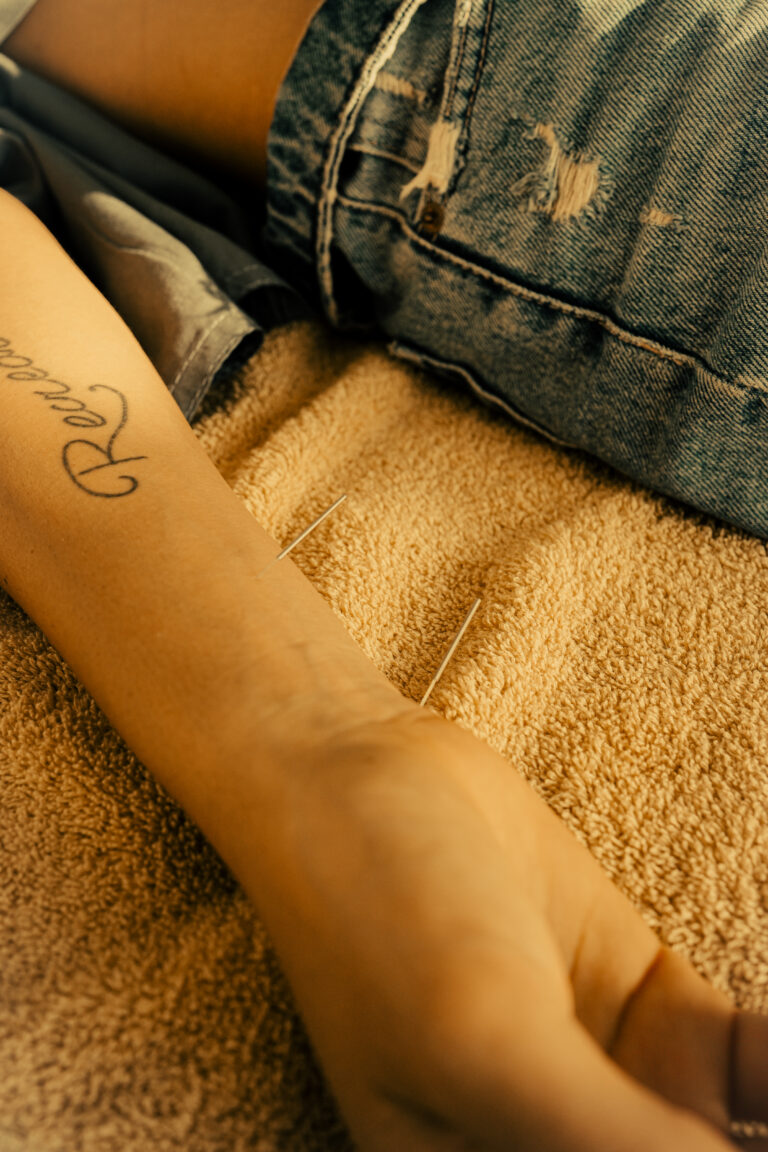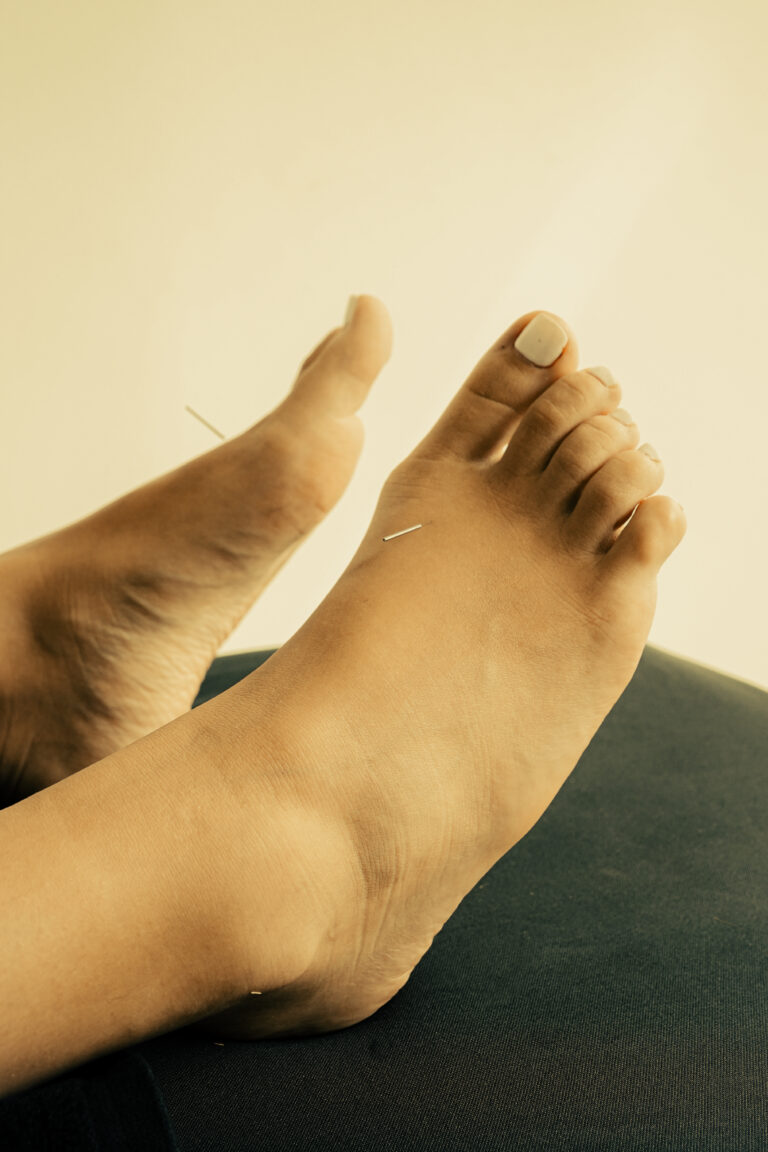As more people experience the toll of prolonged sitting and sedentary routines, low back pain has become a widespread concern. Rather than relying solely on quick fixes, Traditional Chinese Medicine (TCM) offers a preventive approach rooted in centuries-old wisdom. Through daily acupressure routines, individuals can actively support the health of their lower back, improve circulation, and bring balance to their internal systems. This guide explores key organ systems, TCM patterns, and specific acupressure points that can help support your spine naturally.
Key Organ Systems Involved
1. Kidneys (Shen):
- Responsible for the health of bones and lower back. A deficiency may result in chronic soreness or weakness.
2. Urinary Bladder (Pang Guang):
- Channel traverses the back. Blockages or Cold-Damp in this meridian can trigger back pain.
3. Liver (Gan):
- Oversees smooth Qi flow and stores Blood. Emotional stress or stagnation impacts muscular tension in the lumbar area.
4. Spleen (Pi):
- Generates Qi and nourishes muscles. Deficiency leads to muscle fatigue and structural instability.
Common TCM Patterns
1. Kidney Yang Deficiency:
- Lower back coldness, fatigue, sore knees, deep weak pulse.
2. Kidney Yin Deficiency:
- Night sweats, chronic dull lumbar pain, red tongue, tinnitus.
3. Qi and Blood Stagnation:
- Localized, stabbing pain worsened by inactivity or pressure.
4. Cold-Damp Accumulation:
- Heaviness and stiffness, pain aggravated by weather changes.
5. Liver Qi Stagnation:
- Tension and tightness with stress, mood swings, sighing frequently.
Treatment Principles in TCM
- Strengthen and warm Kidney Yang or nourish Kidney Yin as needed.
- Move Qi and invigorate Blood to reduce localized pain.
- Expel Cold-Damp to ease environmental pain sensitivity.
- Smooth Liver Qi and boost Spleen to support muscles and tendons.
Diet and Lifestyle Tips (TCM-Based)
Recommended Foods:
- Kidney tonics: seaweed, black beans, walnuts, bone broth
- Yang-warming herbs: dried ginger, cinnamon bark
- Blood tonics: beets, red dates, spinach, egg
Avoid:
- Excessive cold/raw food and iced beverages
- Prolonged inactivity or slouched posture
- Late nights and excessive stress
Daily Acupressure for Low Back Support
1.BL23 – Shenshu (肾俞)
- Location: 1.5 cun lateral to the lower border of L2 vertebra
- Benefits: Strengthens the Kidneys, relieves lumbar soreness
2.DU4 – Mingmen (命门)
- Location: On the midline below L2 spinous process
- Benefits: Tonifies Kidney Yang, boosts vitality and back warmth
3.KI3 – Taixi (太溪
- Location: Between medial malleolus and Achilles tendon
- Benefits: Strengthens Kidney energy, improves lumbar flexibility
4.BL40 – Weizhong (委中)
- Location: Center of the popliteal crease (behind the knee)
- Benefits: Benefits lumbar pain, clears stagnation
5.GB30 – Huantiao (环跳)
- Location: Junction of lateral thigh and buttocks
- Benefits: Relieves sciatica and hip tension
Routine: Press each point for 1–2 minutes daily using steady circular motion. Breathe deeply throughout.
TCM Treatment Recommendation
- Acupuncture at lumbar-related points (BL23, DU4, BL40, KI3)
- Moxibustion to warm Kidneys and dispel Cold from the spine
Conclusion
When practiced regularly, acupressure can be a powerful tool to manage and prevent low back pain. By aligning with TCM principles and combining daily habits, acupressure supports long-term spinal health, muscle flexibility, and energetic balance. This approach empowers you to take charge of your own healing safely and naturally.
Sources
1. Maciocia, G. (2015). The Foundations of Chinese Medicine. Elsevier Health Sciences.
2. Deadman, P., & Al-Khafaji, M. (2001). A Manual of Acupuncture. Journal of Chinese Medicine Publications.
3. World Health Organization. (2003). Acupuncture: Review and Analysis of Reports on Controlled Clinical Trials.
4. Chen, J., & Wang, Y. (2004). Chinese Medical Herbology and Pharmacology. Art of Medicine Press.
5. Fan, A. Y., et al. (2017). ‘Evidence-Based Acupuncture for Low Back Pain.’ Pain Medicine, 18(3), 530–536.
